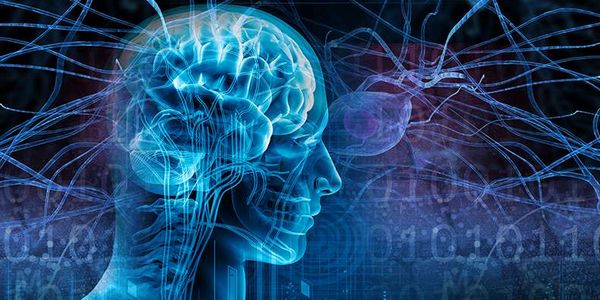Glossodynia-treatment. Symptoms and prevention of the disease Glossodynia

Glossodynia-systemic nevralgicheskoe diseases, characterized by sensory language, salivation and taste sensations. The disease is more common in women over the age of 30 years.
Glossodynia-causes
Glossodynia is polijetiologichnoj pathology. Allocate General and local factors, that contribute to the development of the disease.
Common factors:
- Diseases of digestive system
- Regular stress, razdrazhaemost, fatigue
- Endocrine diseases (diabetes)
- Cardiovascular diseases
- Insufficient intake of iron
Local factors:
- Low-quality dentures and fillings
- Periodontal tissues disease
- Galvanoz
- Shortness of Bamyan
- Pathological abrasion of teeth
- Surgery in the oral cavity
- Allergic diseases of the oral cavity
- Temporomandibular joint pathology
- Habit prikusyvat language
Symptoms glossodinii
Glossodynia manifested different sensations (parestezijami) oral: burning sensation, pressure, tingling, numbness, itching, heat, cold, crawling formication, etc.
At the beginning of the disease duration paresthesia is a few minutes, sometimes hours. With the development of the disease intensity and duration parestesia significantly increases. Attacks cause painful sensations, depressed state, reduce work capacity, violate the dream.
Sign glossodinii a predominance of intensity of paraesthesia in language.
In the oral cavity is usually visible signs of lesions no. Sometimes there is a slight inflammation on the surface of the tongue. Language can be covered with bloom. The mucosa of the tongue dry. In the course of the disease painful can appear in different locations. The soreness disappears during a meal.
Glossodynia-Diagnostics
Clinical diagnostic criteria: xerostomia, pain in the area of language, burning in mouth, burning the front part of the tongue, disgevziya, dysosmia.
Differential diagnosis is carried out glossodinii with diseases such as deskvamativnyj Glossitis, catarrhal Glossitis, galvanoz, as well as the mechanical trauma.
The distinctive feature of glossalgii is the disappearance of painful manifestations at mealtimes.
Glossodynia-types of the disease
Allocate mukoznuju and dermatomukoznuju form glossodinii depending on the autonomy of the localization of paresthesias.
When mukoznoj the form of paresthesia focused on the root of language, glotke, cervical esophagus (glossofaringealnaya form).
When dermatomukoznjo form parestesia skin cover. Localization of pathological sensations segmental-stvolovogo nature, more central areas of the face.
Glossodynia-actions of the patient
When you see the above described symptoms, you must consult a doctors dentist and neurologist.
Treatment glossodinii
Treatment of glossodinii complex and depends on factors, the development of the disease-causing. Within the framework of the treatment is complete sanitation of the oral cavity, including quality seals, rational prosthetics or pereprotezirovanie, malocclusion, treatment of possible diseases mucous membranes of the oral cavity.
Also carried out impact on psychoemotional Wednesday with the appointment of soothing the patient and sedation. When strong pain it is possible to apply local anaesthetics. To relieve symptoms recommended physiotherapy.
Carried out the identification and treatment of opportunistic diseases digestive, cardiovascular and endocrine system. If necessary, designate vitamin intake, case, sosudorasshirath, antihypertensive and antihistamines.
Glossodynia treatment is carried out with the participation of the dentist and neurologist.
Glossodynia-Complications
Complications of glossodinii not documented.
Prevention glossodinii
Prevention of glossadinii is to prevent the factors, causing the disease:
- Timely diagnosis and treatment of diseases of internal organs and systems
- Quality dental care
- Avoiding stressful situations
- Getting rid of harmful habits prikusavania language.
